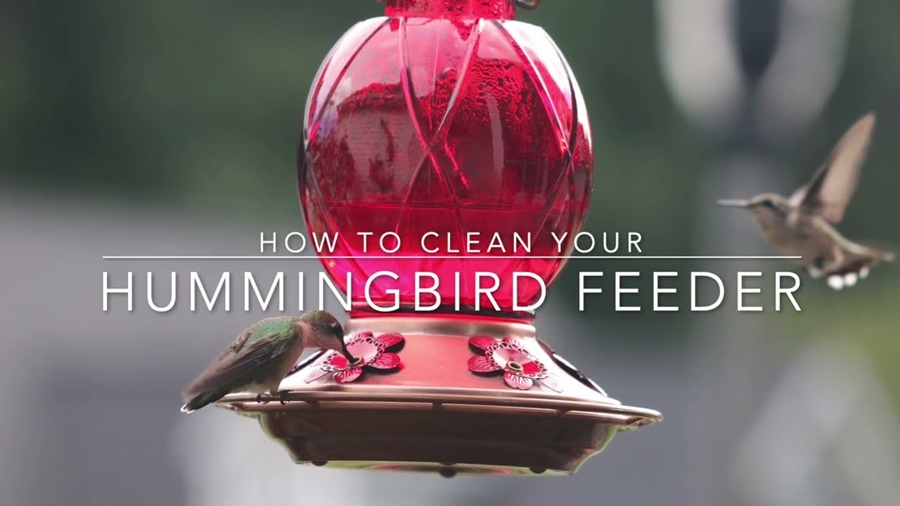Hummingbirds are delightful visitors to any garden, but to keep them safe and healthy, it’s essential to keep their feeders clean. Mold, bacteria, and spoiled nectar can harm these tiny birds, so regular maintenance is critical. This guide will walk you through the entire process of cleaning your hummingbird feeder effectively and safely.
Why Cleaning Your Hummingbird Feeder Matters
Dirty feeders can harbor mold, fungus, and bacteria, which may cause infections in hummingbirds, such as a dangerous condition called avian tongue disease (caused by mold). Spoiled nectar can also deter hummingbirds from visiting your feeder again.
How Often Should You Clean Your Feeder?
- In hot weather (above 80°F / 27°C): Clean every 2–3 days.
- In cooler weather: Clean every 4–6 days.
- Always clean the feeder immediately if you notice cloudy nectar, mold, or dead insects inside.
Supplies You’ll Need
- Mild dish soap (unscented)
- Hot water
- A bottle brush or feeder cleaning brush
- Small brush or old toothbrush (for ports)
- White vinegar or hydrogen peroxide (for deep cleaning)
- Clean towel or air-drying rack
- Gloves (optional)
- Avoid using bleach or harsh chemicals, as residues can be harmful to hummingbirds.
Step-by-Step Guide to Cleaning a Hummingbird Feeder
1. Empty the Feeder
Pour out any remaining nectar. If it's cloudy or discolored, it has spoiled and must be discarded. Rinse the feeder with warm water to remove loose debris.
2. Disassemble the Feeder
Take apart all removable pieces — bottle, base, ports, and any inserts. This allows you to clean every nook and cranny.
3. Soak in Warm Soapy Water
Fill a basin or sink with hot water and a few drops of mild dish soap. Let all parts soak for about 10–15 minutes. This loosens dried nectar and kills some bacteria.
4. Scrub Thoroughly
Use a bottle brush to scrub the inside of the nectar reservoir. Use a smaller brush or toothbrush to clean feeding ports and crevices in the base. Be sure to remove any visible mold or residue.
5. Rinse Completely
Rinse all parts under running water thoroughly to remove all traces of soap. Soap residue can be harmful to hummingbirds, so don’t skip this step.
6. Sanitize (Optional But Recommended Weekly)
For a deeper clean, once a week:
- Mix 1 part white vinegar to 4 parts water, or use 3% hydrogen peroxide.
- Soak feeder parts for 10–15 minutes.
- Rinse thoroughly with clean water afterward.
7. Dry Completely
Allow all parts to air-dry completely on a clean towel or drying rack. Moisture left inside can promote mold growth.
8. Refill with Fresh Nectar and Reassemble
Once dry, reassemble your feeder and fill it with fresh nectar (a simple mix of 1 part white sugar to 4 parts water — no red dye). Hang the feeder back outside and enjoy the hummingbird visits!
Tips to Keep Feeders Clean Longer
Use smaller feeders if you're not going through nectar quickly.
- Place feeders in the shade to slow nectar spoilage.
- Rinse with hot water daily between deep cleanings if possible.
- Avoid adding honey, artificial sweeteners, or red dye to the nectar.
Conclusion
A clean hummingbird feeder is a healthy feeder. By making regular cleaning part of your routine, you'll help ensure your backyard remains a safe and attractive spot for hummingbirds to feed. Cleanliness doesn’t just protect the birds it also improves your chances of seeing more of these fascinating little creatures.


